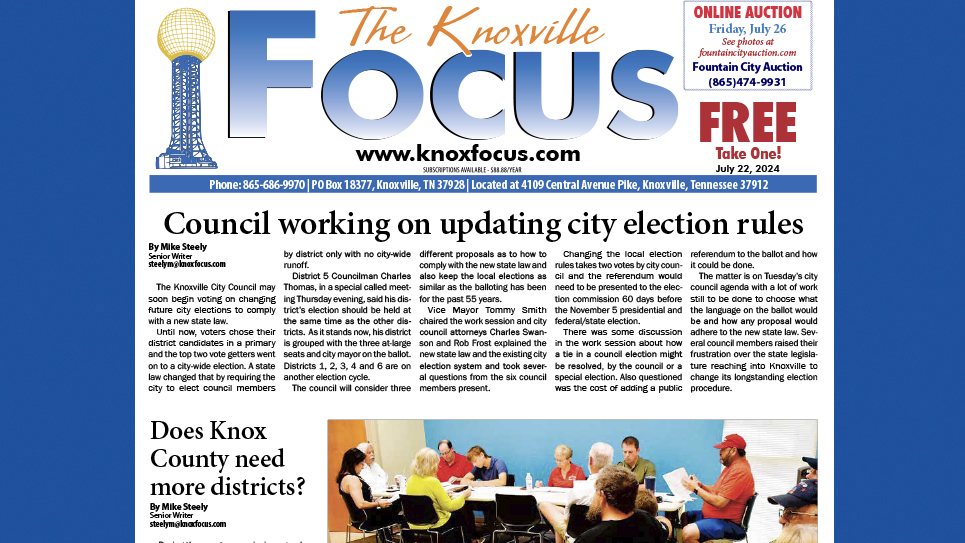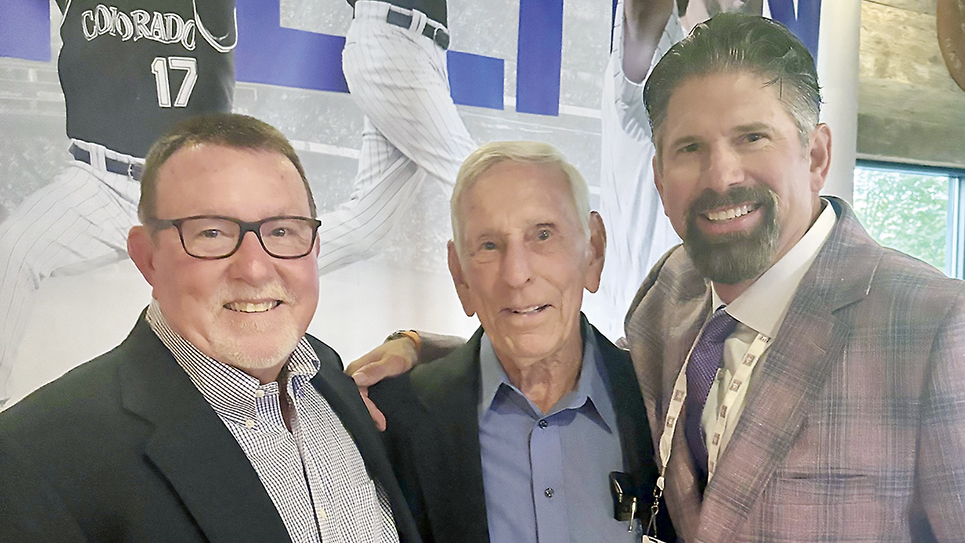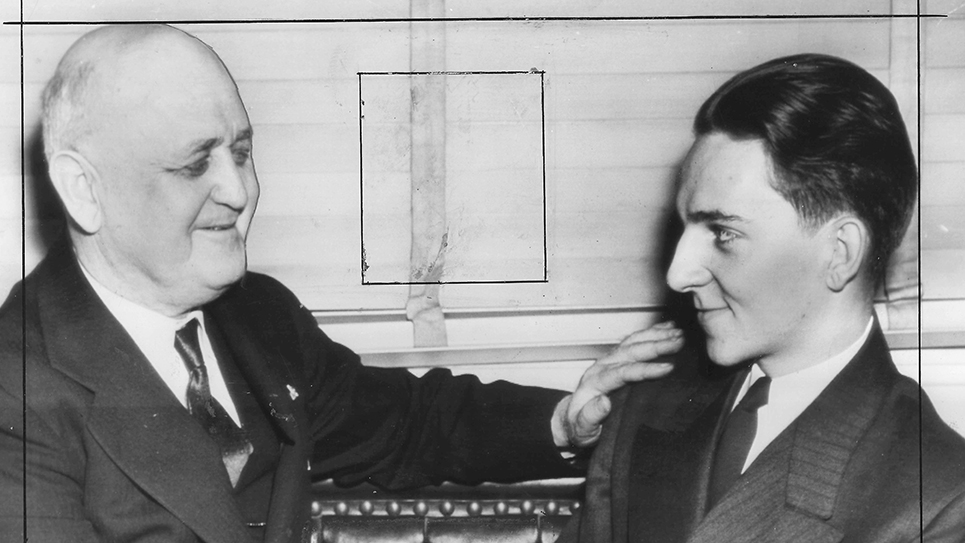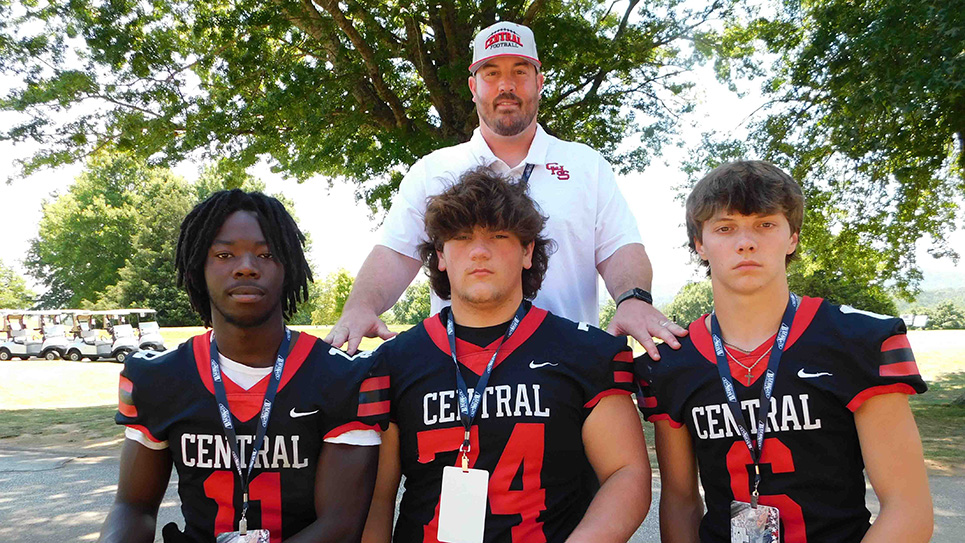The cool weather arrived this week, and before eyes blinked, leaves began coloring and skies turned “fall” blue. The time has arrived to think about taking those drives to places where the scenery is breath-taking and offers a welcome relief from work, football, and world crisis.
I took such a drive the other day. At work, shuttlers were needed to travel to Atlanta. Seven of us left and traveled down Highway 411. It leads to Chatsworth, Georgia, and delivers cars less than fifty miles from the big city. The morning drive began in chilly weather that soon moderated to a comfortable enough temperature. Yep, that meant the air conditioner was turned off and the windows were rolled down.
Now, many folks would think that the worst part of a trip like this would be Atlanta traffic, and the truth is that I hate driving somewhere that has too many lanes filled with vehicles all moving at break-neck speeds. However, that’s not how I see it. The most trying section of this trek to the big city is Highway 411.
The route is dotted with several little towns. We know many of them by name: Maryville, Vonore, Tellico, and Madisonville. Others aren’t as familiar: Etowah, Englewood, Ocoee, and a dozen townships that are not much more than wide spots along the way.
The road itself is excellent. Much of it is five lanes, and even the two lane sections are in good shape. Plenty of side roads lead back to the Interstate for travelers who grow weary of Americana. Drivers can also find gas, restrooms, and food along the way as well.
With all these wonderful attributes, why would anyone choose to drive down I-75 instead? The answer is simple: SPEED TRAPS. It’s evident that folks who live in these little towns are still furious with the government for constructing Interstate highways. The parade of vehicles that once passed through their towns long ago disappeared. Businesses closed with the loss of travelers, and little towns struggled to make enough money to keep themselves afloat.
The solution to the money flow problem, as well as the perfect scheme to get back at drivers who abandoned them, was to slow down every vehicle that approached and drove through these fair cities. All the little places begin speed zones miles outside the center of town, and they send out police officers to prey on speeders. It’s all right to want cars to slow down as they travel through business districts and school zones, but these places go to extremes. They begin the reduced speed areas in places where the only things motorists might see are acres of fields with corn or soybeans, cattle, or absolutely NOTHING. Planting city limit and reduced speed signs is nonsensical and spiteful.
Even when folks obey the speed limit, some of these little towns employ more devious approaches. One place slows traffic down to 45 and then 40. Just when drivers think they are being law-abiding citizens, the limit once again changes to 35 and even 30 MPH. Yes, it’s all designed to catch as many drivers as possible and to make them pay for tickets. I suppose that’s the way these places fund their towns, but “it still ain’t right!”
Driving south on Hwy. 411, the Cherokee National Forest is to the left. The mountains tower over the valley below, and I’m sure that the view of fall leaves is spectacular. Side trips take cars along the Ocoee River and to more beautiful spots. It’s a trip that could be a wonderful way to spend a day. Motorists can avoid the bumper-to-bumper lines of traffic that crawl along the roads of the Smoky Mountains during the fall.
The fact is that Highway 411 will continue to be a lightly traveled route. Speed traps that impede traffic serve as “no-trespassing” warnings to folks. No one wants to journey to a place only to return home with a speeding ticket for driving 46 MPH down a five-lane road wider than most similar roads in the area. Evidently, the residents along this road haven’t yet figured out that such speed traps cause even more folks to avoid their towns and the special things they might offer.
If I were asked, I would tell the town leaders to pull in the speed zones to reasonable area and to stop changing them several times as a way to trick people. I’d also let them know that their policies sure don’t say, “Y’all come back now, ya hear?”






